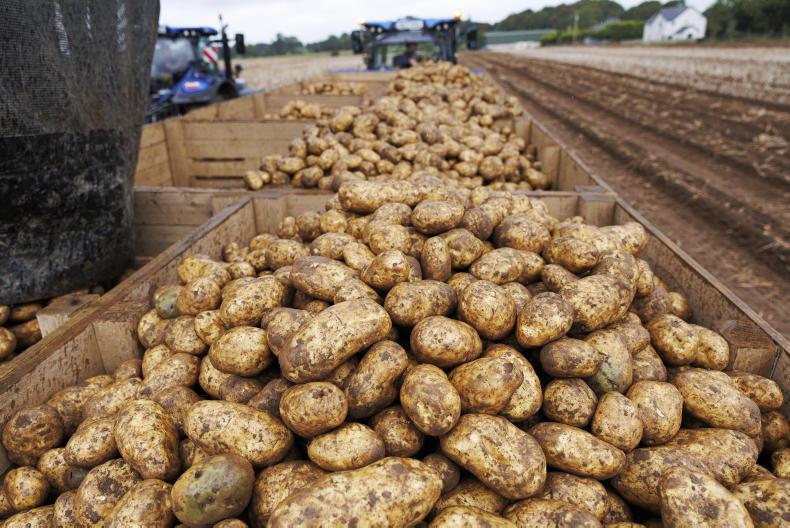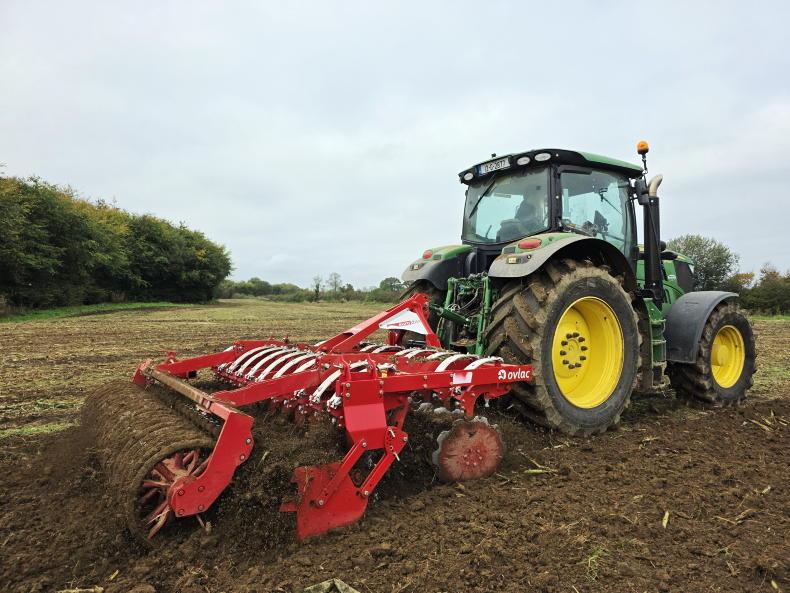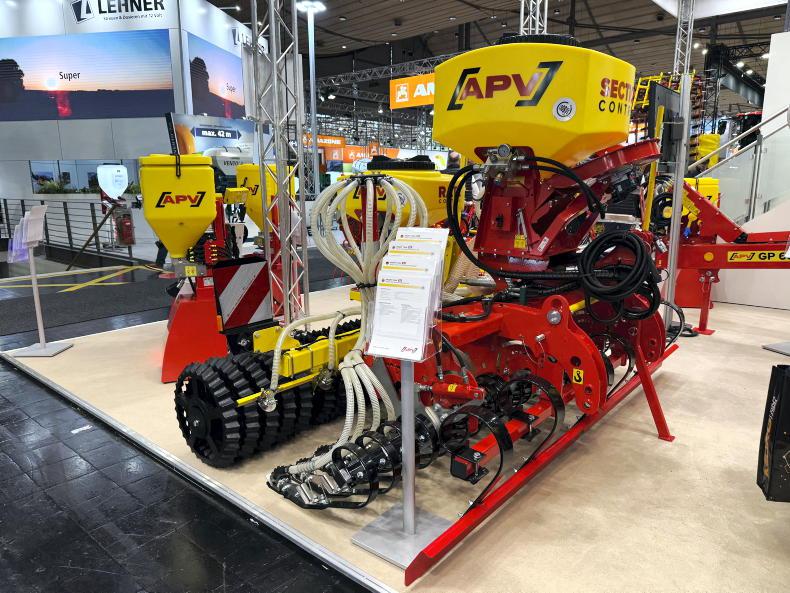As grass is the most dominant feed source for cows in Ireland, maintaining high-quality swards on farms is essential.
With so much emphasis put on the importance of grass in the diet for a low-cost system, reseeding is certainly undervalued as only 2% of our national grassland area is reseeded annually.
Why reseed?
Reseeding has both an economic and productive value for farmers. Yes, reseeding adds a significant cost from contractors, spraying and seed costs, etc (€750/ha). However, the increased profitability of the new sward would cover the cost in just two years which makes reseeding one of the most cost-effective investments a farmer could make.
Comparing newly reseeded pasture to old permanent pasture shows that an old pasture produces on average, about three tonnes DM/ha per year less production. Old pastures will also be about 25% less responsive to available nutrients such as nitrogen, contributing to nitrogen leaching.
Being able to grow more grass will allow a higher stocking rate or cut down concentrates fed. This, in turn, will increase the overall productivity and profitability of the farm.
Grass quality and utilisation will also increase, meaning an increase in cow performance.
The economic loss of underperforming paddocks is often overlooked but it is about €300 per hectare per year.
Sowing
Sowing methods have changed over the last five to 10 years.
Traditionally, ploughing was always the most common method but discing and one-pass systems are becoming a more common way of reseeding. Based on Teagasc research, each method of sowing is equally effective once they are completed correctly.
However, in all cases, the old sward should be sprayed off with a glyphosate spray to kill off weeds and old grasses. Post sowing, the field should be rolled to ensure good soil-to-seed contact.
Factors that will have a much bigger impact on the success of a reseed are timing, soil fertility and weed control. Timing of the reseed is crucial, especially if there is clover incorporated in the sward. If a farm has enough grass supply on the farm in April, and if the weather is right this would be the most desirable time to reseed.
In areas that are affected by drought, reseeding in April means that there is less chance of drought stress such as a stagnation of germination.
Establishing clover is more reliable in spring than autumn due to the stability of soil temperatures and there are more daylight hours.
Generally, some farmers are slow to reseed paddocks because of the prolonged period in which that paddock is out of grass production. The time that the sward is out of production can be minimised by tilling seven to 10 days post-spraying.
Soil fertility and lime are vital for good establishment and nutrient uptake. Before reseeding, soil fertility should be considered. Soils with a pH less than 6.3, and P and K indexes less than 3 or 4 should be rectified before reseeding.
Poor soil fertility will result in a poor uptake of nutrients by the new grass sward. This will lead to weeds and old grasses creeping back into the sward. The rotting of the old sward after spraying off will lead to further acidity. With this in mind at every reseeding event, lime should be spread irrespective of soil pH levels.
Varieties
After making the decision of what paddock to reseed, the next major decision is selecting the most appropriate grass variety or varieties for the paddock.
The first thing to consider is the primary target use of the field. Is it predominantly grazing or is it generally used as a silage paddock?
Having a balance between quality, dry matter production, sward density and the persistency of the sward is important. There should be a minimum of 3kg of an individual variety in the mix, with no more than four varieties in the mix and less than seven days’ range between heading dates.
For grazing specific mixes, farmers should target using high seasonal growth which extend the grazing season, high DMD values with 35% to 50% tetraploid varieties and medium-leaf white clovers.
Silage mixtures should have high yields, while avoiding poor persistent tetraploids. The mix should include 40% tetraploid with less on heavier soils.
Sprays
Post-emergence sprays give an opportunity to kill off any weeds at seedling stage. Docks and chickweed are the most prominent weeds in grass reseeds.
There are limited clover-safe sprays on the market, so it is important to make sure that a clover-safe spray is used if there is clover in the mix. The reseed should be sprayed at about six to eight weeks post sowing and grass should have two to three leaves. Clover should also be emerged with three leaves at spraying.
Managing the reseed
A very simple way of checking if the reseeded paddock is ready for grazing is by pulling the grass as if it were a cow grazing.
If the roots don’t pull out, it is ready for grazing. Sometimes this can be prolonged due to weather conditions.
The first grazing should be targeted at a cover of between 800kg and 1,000kg DM/ha. The reason for this is so that the new grass will begin to tiller for a dense sward and light will be exposed to the butt of the sward, encouraging clover establishment.
For the rest of the grazing season, covers of 1,200kg to 1,400kg DM/ha should be grazed. Preferably, if it can be grazed with lighter stock such as calves or heifers as the seedbed can be still soft, but if conditions allow cows can graze.
Cutting the sward should also be avoided in year one.
What’s new?
At the annual Germinal technical day in January, David Lloyd, head of plant breeding at Germinal UK, presented some new technologies coming down the line with both red and white clover.
A Caucasian clover (T. ambiguum) which is also known as kura clover is a type of clover that is closely related to white clover. Caucasian clover is native to the Caucasus mountainous region so it has been adapted to thin soils. This makes it more resistant to drought and extremes of temperature than white clover, but it is known to be slower growing with poor yields.
It is technically difficult but it’s possible to hybridise Caucasian clover with white clover. Successful back crossing with white clover can produce white clover with Caucasian clover traits.
Germinal has come up with a variety called AberLasting. It is a hybrid clover which is mostly white clover but it does have Caucasian traits such as drought tolerance, cold tolerance and grazing tolerance and is the first double-root variety.
Germinal has also bred a new variety of red clover. This is a stoloniferous red clover, a red clover that act like a white clover variety.
Red clover is known to have tap roots and struggle to persist. This new variety has stolons, which means it can spread across the paddock. It also has the potential to have the grazing tolerance as some of the best white clovers.









SHARING OPTIONS